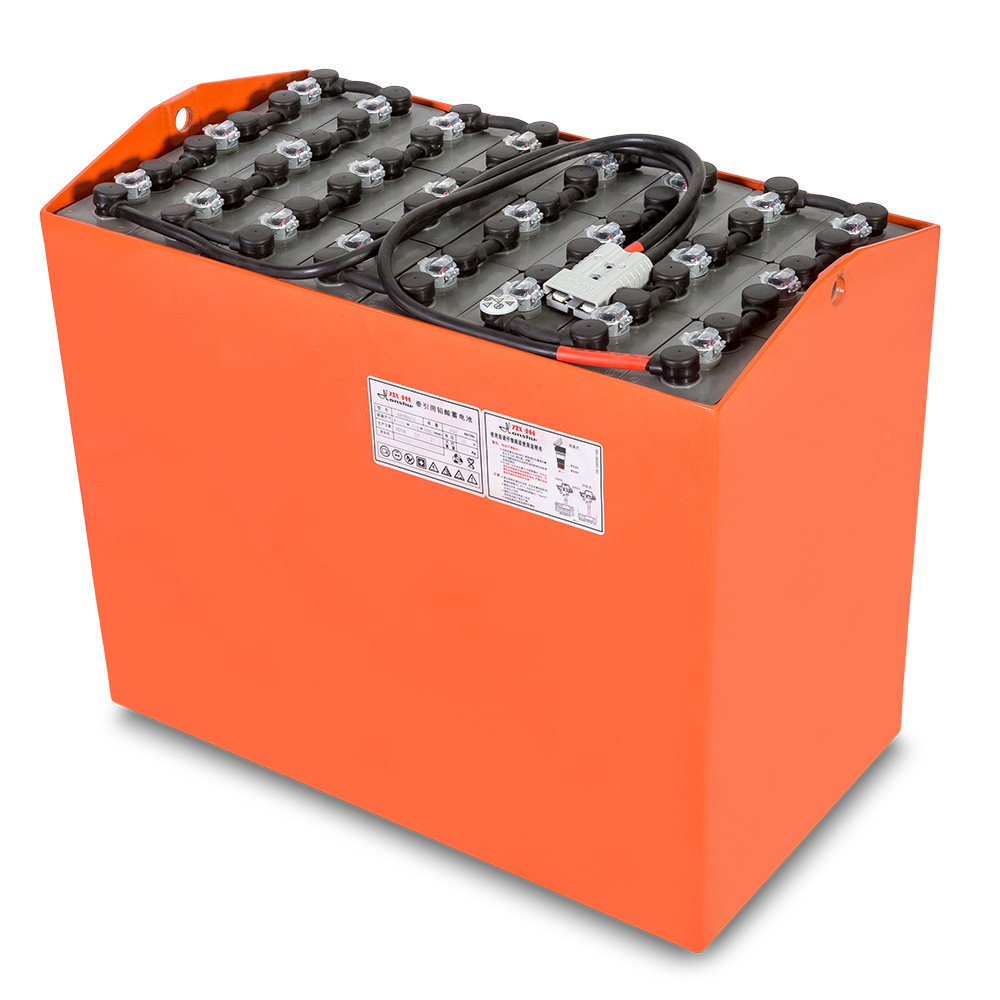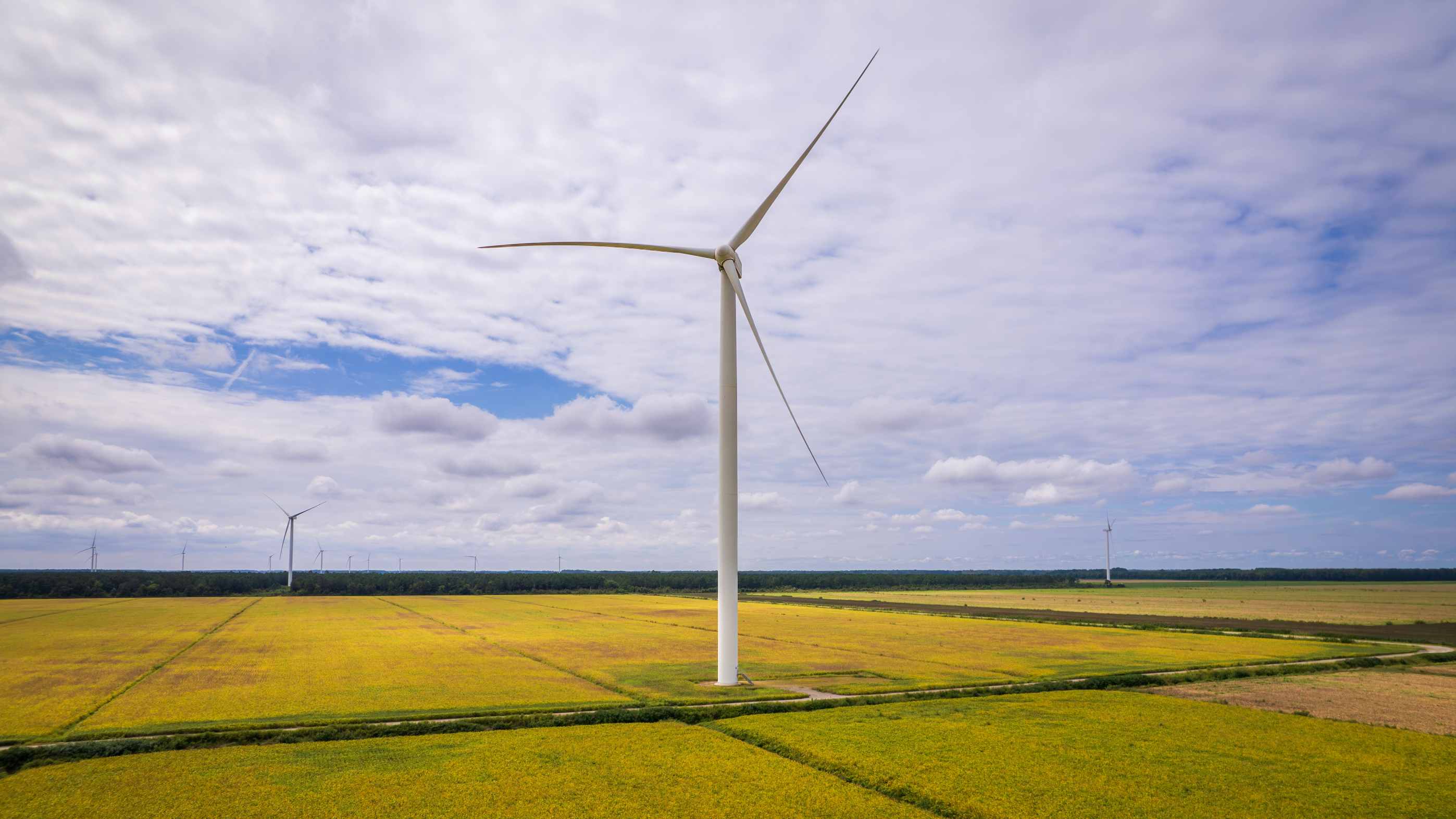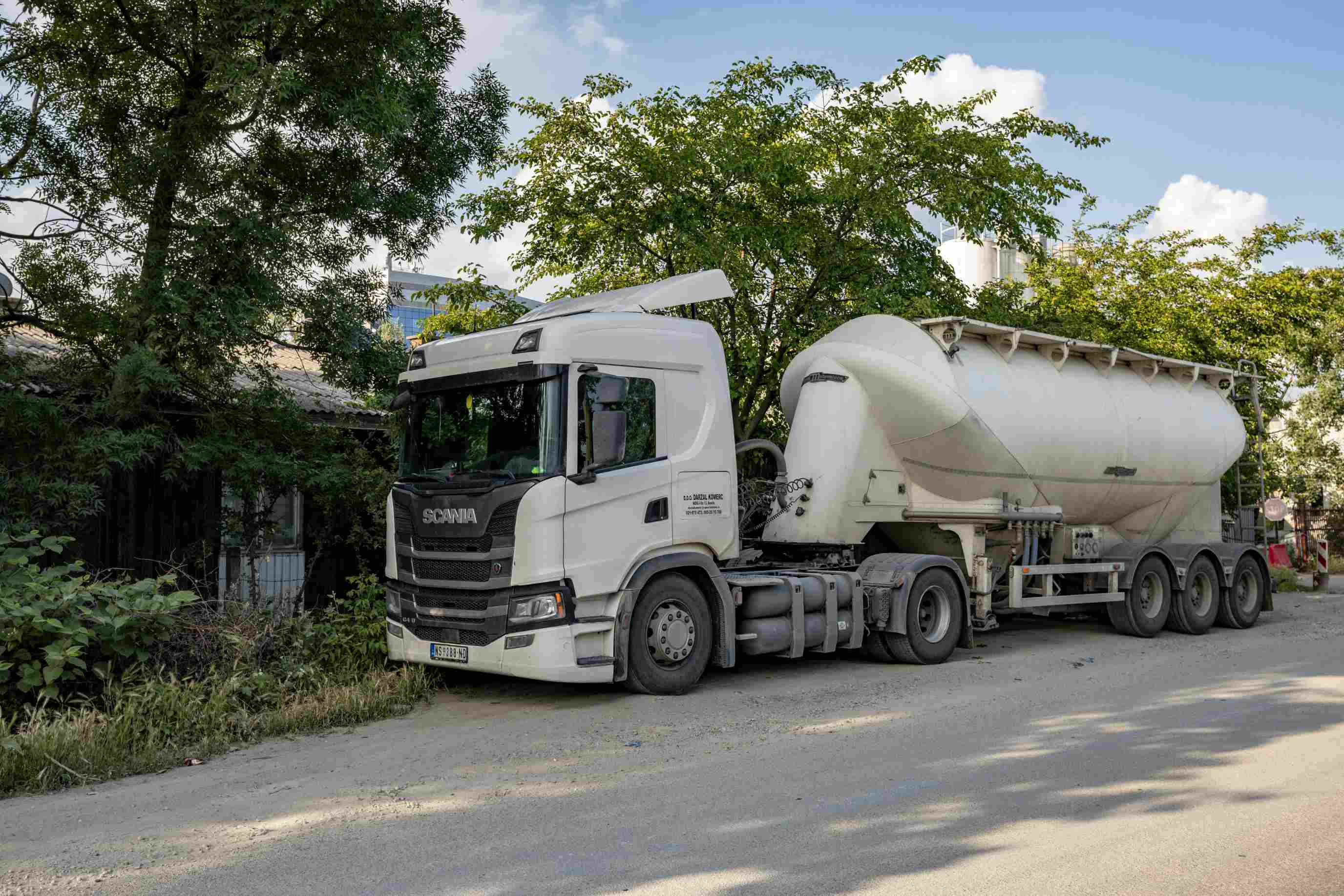In the constantly developing landscape of modern transportation, the term "traction battery" has emerged as a vital component. These robust energy storage systems have catalyzed the shift towards sustainable and efficient modes of transportation. This article delves into traction batteries, exploring their diverse types, applications, and the significance they hold in the ongoing revolution of mobility.
Defining Traction Batteries
Traction batteries, in essence, are a specific type of rechargeable battery designed to provide power to electric vehicles and a wide array of industrial applications. Unlike your conventional car battery, traction batteries are engineered to deliver sustained high levels of power and have a much longer life span.
Importance in Modern Transportation
The increasing global concern over environmental sustainability has paved the way for the resurgence of electric vehicles (EVs) and material-handling equipment powered by traction batteries. This shift towards cleaner and more efficient modes of transportation has significantly reduced the carbon footprint and promises to revolutionize the way we move from point A to point B.
Types of Traction Batteries
Traction batteries come in several different forms, each with its own set of advantages and limitations. Two primary types are particularly noteworthy:
Lead-Acid Batteries
Lead-acid batteries have been the workhorses of the industry for decades. They are known for their reliability and ruggedness, making them a popular choice for a wide range of applications. Their robust design can handle deep discharges and rough usage.
However, lead-acid batteries do have their limitations. They are relatively heavy and have a lower energy density compared to their lithium-ion counterparts. This makes them less suitable for applications where weight and space are critical factors.
Lithium-Ion Batteries
Lithium-ion batteries have emerged as the darlings of the electric vehicle revolution. They offer a high energy density, which translates into longer driving ranges and faster charging times, revolutionizing the EV market.
The continuous development and innovation in lithium-ion technology have led to lighter and more energy-efficient batteries. These innovations are not only changing the landscape of EVs but also spilling over into various industries, making them more sustainable and cost-effective.

Aokly Traction Battery
Applications of Traction Batteries
Traction batteries are not limited to just one type of vehicle or equipment; they find their applications in various domains, the most prominent being electric vehicles (EVs) and material handling equipment.
Electric Vehicles (EVs)
The Rise of Eco-Friendly Transportation
The rise of electric vehicles is a testament to the growing need for sustainable transportation. EVs offer a cleaner and greener alternative to traditional internal combustion engine vehicles, reducing greenhouse gas emissions and dependence on fossil fuels.
EV Market Trends
With major automakers investing heavily in electric vehicle technology, we are witnessing a shift in market trends. More electric car models are becoming available, and governments worldwide are offering incentives to encourage adoption, creating a bright future for EVs.
Material Handling Equipment
Boosting Efficiency in Warehouses
Beyond electric cars, traction batteries power a wide range of material-handling equipment, such as forklifts and pallet jacks. These batteries not only enhance efficiency in warehouses but also contribute to a safer and cleaner working environment.
Forklifts and Beyond
Forklifts are among the most prominent users of traction batteries in material handling. Their electric counterparts have proven to be more reliable, cost-effective, and environmentally friendly compared to their gas or diesel-powered counterparts. This transition is a prime example of the versatility of traction batteries.
Conclusion
Traction batteries have become indispensable in our pursuit of cleaner and more efficient modes of transportation and industrial operations. With their diverse applications and continuous technological advancements, these energy storage systems are poised to play a pivotal role in shaping the future of mobility and sustainability. Embracing the potential of traction batteries is not just a choice but a necessity as we strive for a cleaner, more sustainable future.

 EN
EN 



